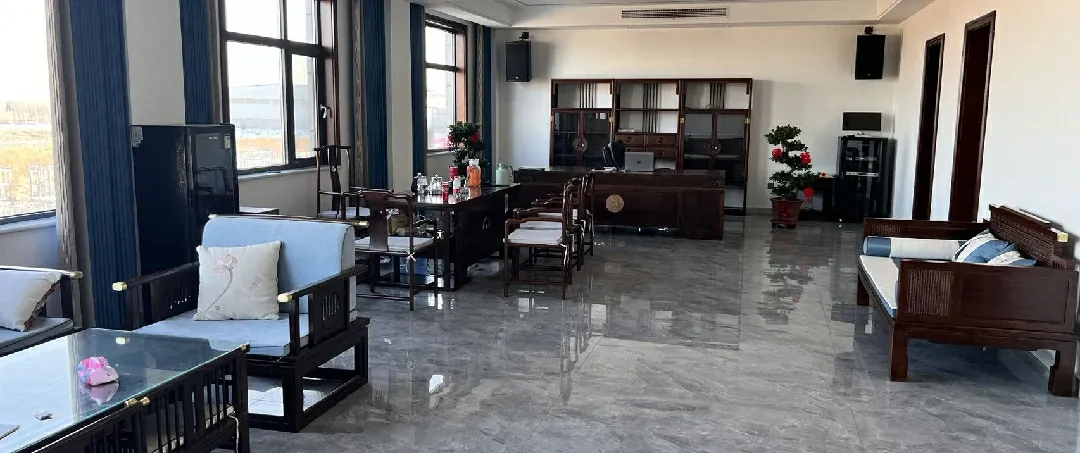copper coated iron wire
The Versatility of Copper-Coated Iron Wire
Copper-coated iron wire is a remarkable invention that has found diverse applications across multiple industries. It combines the strength of iron with the conductivity and corrosion resistance of copper, making it a popular choice for many projects. This article explores the properties, benefits, and various uses of copper-coated iron wire, as well as the different manufacturing processes involved.
Understanding the Composition
The core material of copper-coated iron wire is iron, known for its durability and high tensile strength. However, bare iron is susceptible to rust and corrosion when exposed to moisture and other environmental factors. To address this vulnerability, a layer of copper is coated onto the iron wire. Copper is highly resistant to corrosion and provides excellent electrical conductivity, making it an ideal coating material. By combining these two metals, manufacturers create a wire that possesses the benefits of both while reducing the weaknesses.
Key Benefits
1. Enhanced Corrosion Resistance One of the primary advantages of copper-coated iron wire is its superior resistance to oxidation. The copper layer protects the iron from rust, extending the lifespan of the wire, especially in outdoor or high-moisture environments. This feature is particularly valuable in applications where exposure to the elements is inevitable.
2. Excellent Conductivity Copper is one of the best conductors of electricity, and when used as a coating, it provides excellent electrical properties. This makes copper-coated iron wire particularly useful in electrical applications where reliable current transmission is essential.
3. Mechanical Strength The underlying iron provides robust mechanical strength, ensuring that the wire can withstand tension and pressure without breaking. This is particularly important in industrial applications where reliability and durability are paramount.
4. Cost-Effectiveness Although copper is more expensive than iron, the combination of the two allows manufacturers to create a product that offers significant advantages without completely relying on costly materials. This results in a more cost-effective solution for many applications.
Applications
Copper-coated iron wire has a wide range of applications across various industries
copper coated iron wire

1. Electrical Wiring Due to its excellent conductivity, copper-coated iron wire is often used in electrical wiring and cables. It is especially advantageous in applications requiring flexibility and resistance to corrosion.
2. Fencing The wire is also popular in agricultural fencing and construction. It provides a sturdy barrier while also ensuring that any electrical components, such as electric fences, can function effectively without significant energy loss.
3. Construction In construction, copper-coated wire is utilized for a variety of purposes, including the reinforcement of concrete and various structural elements. Its strength and resilience enhance the overall durability of buildings and infrastructures.
4. Crafts and Artistic Projects The aesthetic appeal of copper makes this wire a favorite among artisans and crafters. It can be twisted, bent, and manipulated into beautiful designs for jewelry, sculptures, and other art projects.
5. Automotive Applications In the automotive industry, copper-coated iron wire is used for various electrical systems, ensuring reliability and performance in challenging environments.
Manufacturing Process
The manufacturing of copper-coated iron wire involves several steps to ensure a uniform coating that adheres well to the iron core. Initially, the iron wire is drawn to the desired thickness and then cleaned to remove any oxides or impurities that may hinder the coating process. After the cleaning, the wire is subjected to a process known as electroplating, where a layer of copper is deposited on its surface.
Another technique is draw-and-coat, where copper and iron wires are drawn together, ensuring a consistent coating thickness. This method enhances the bond between the two metals, further improving the wire's overall performance. Finally, the coated wire undergoes quality control checks to ensure it meets the required specifications for strength and conductivity.
Conclusion
Copper-coated iron wire is a prime example of how combining different materials can lead to superior products that harness the strengths of each. Its corrosion resistance, excellent electrical conductivity, and mechanical strength make it an invaluable asset across various industries, from construction to automotive applications. As technology advances, the scope of usage for copper-coated iron wire is expected to expand, paving the way for innovative solutions that leverage its unique properties. Whether used in practical applications or artistic endeavors, copper-coated iron wire continues to be a vital component in modern manufacturing and craftsmanship.
-
Weather Resistance of Woven Wire and Chicken Wire Fencing MaterialsNewsJun.05,2025
-
Umbrella Nails Innovations in Roofing Fasteners for Wind ResistanceNewsJun.05,2025
-
Modern Barbed Wire Fence Designs for Perimeter ProtectionNewsJun.05,2025
-
How Iron Nail Wire Enhances Nail Strength and Installation EfficiencyNewsJun.05,2025
-
High-Security Razor Fence Solutions for Perimeter ProtectionNewsJun.05,2025
-
Durable Wire Netting Fence Solutions for Animal EnclosuresNewsJun.05,2025




